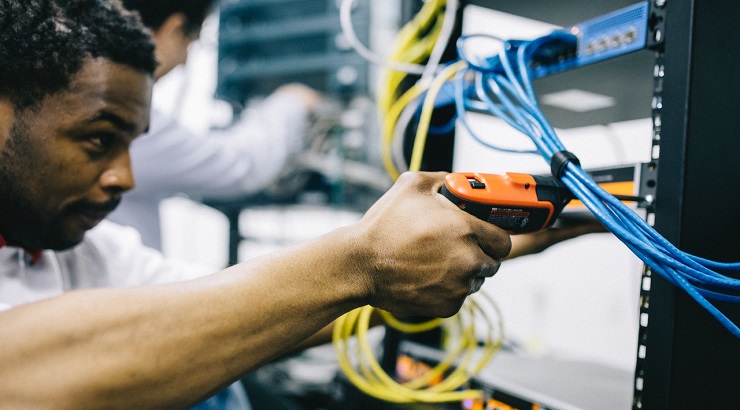Features
Certifications for Electricians
Different levels of electricians.

Electricians are trained and licensed tradespersons whose primary duty is to design, install, maintain, and repair electrical power systems.
These professionals work in a range of sectors such as housing and office park maintenance, as well as industrial/commercial and residential construction.
In most countries, the U.S. included, electricians are required to go through a heavy dose of training and licensing to move through the ranks in their careers.
Certifications for Electricians
There are three levels of certifications for electricians, including apprentice, journeyman, and master electrician – which is regarded as the highest electrician level.
But before we delve into the electrician grades, let’s take a moment to outline the two primary categories into which most electricians fall: i.) linemen and ii.) wiremen.
Linemen (outside electricians) – Also known as line electrical workers, these professionals operate outdoors – installing high-voltage electric utility transmission and distribution systems.
The primary duty of the linemen is to ensure that electricity generated at power plants is transported to substations for distribution to households.
Linesmen are trained to manage high-voltage power lines.
Wiremen (inside electricians) – As the name suggests, these electricians install, maintain, and repair electrical systems that are fitted inside buildings. They work at lower voltages.
That being said, here are the three certifications for electricians:
1. Apprentice Electrician
This is the entry certification for electricians.
An individual is required to have a high school diploma to apply.
Apprenticeship takes about four years and includes classroom lessons and hands-on training under the guidance of a master electrician.
Each year of training includes 144 hours of classroom technical instruction along with 2,000 hours of hands-on training in the field.
After the first year of training, an apprentice electrician can start working with a journeyman electrician – still as a trainee.
On completion of the training, an apprentice electrician is required to sit and pass an examination specific to their location to obtain a license.
2. Journeyman Electrician
Upon completion of an apprenticeship, an individual can take the exam to become a journeyman electrician where they will receive their license from the local, state, or federal licensing authority.
RELATED: How to Become a Journeyman Electrician
As a licensed journeyman, you are now qualified to work as an electrician without supervision. The license also gives you the necessary credentials to train apprentices.
3. Master Electrician
What is a master electrician? This is the highest level of certification for electricians.
To qualify for the certification, most states require you to complete 4,000 hours of electric work as a journeyman, followed by a licencing test to demonstrate awareness of the National Electrical Code.
To obtain the final license, you are required to complete your respective state’s Master Electrician Certification program and associated examination.
As a master electrician, your primary role is to create concepts for complex projects as well as supervising what journeyman electricians and apprentices do.
Salary for Electricians
Electricians have a median annual salary of $55,190, according to the U.S. Bureau of Labor Statistics. Best-paid electricians in the U.S. are those operating in New York, San Francisco, and San Jose.
The job outlook for electricians in the U.S. remains quite positive with numerous opportunities available for electricians across industries such as oil and gas.
The demand for electricians is expected to grow 10% by 2028.














